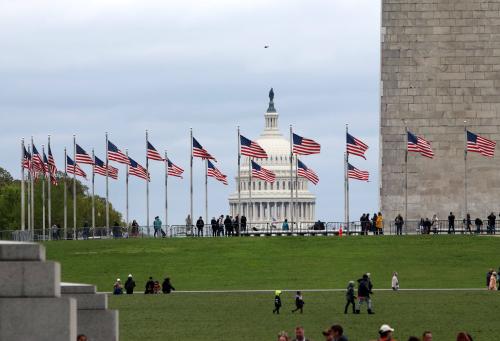Prime Minister Erdogan is now president. Can he bridge the country’s political divide?
In the midst of chaos reigning in their neighbourhood, the Turkish electorate went for the second time to the polls this year on August 10. In the first direct election of a president and with a participation rate of 75 per cent, the electorate lent a decisive victory to Prime Minister Recep Tayyip Erdogan from the Justice and Development Party (AKP). He received just about 52 per cent votes, though falling somewhat short of the 55 to 60 per cent range that opinion polls were predicting. The outcome, and the run up itself, are significant for Turkey and its future.
Traditionally, presidents were elected by members of the Turkish parliament and enjoyed limited powers. However, Erdogan has been aspiring for a strong presidency since the AKP won close to half the votes at the national elections in June 2011. While serving as prime minister, Erdogan attempted to write a new constitution, but resistance from opposition parties, together with the May 2013 Gezi Park protests and the December 2013 corruption scandal, prevented him from achieving his goal. Consequently, his fallback plan has been to emerge triumphant from the 2014 presidential election and then use the presidential powers in the current constitution to the full extent and aim to get the AKP to emerge from the parliamentary elections scheduled for June 2015 with enough seats, enabling him to see to the adoption of a new constitution. This new constitution would transform Turkey’s parliamentary system into a presidential one and offer Erdogan the possibility of running the country until 2023, the republic’s centenary.
Erdogan’s opponents were Ekmeleddin Ihsanoglu and Selahattin Demirtas. The left-leaning secularist Republican People’s Party (CHP) and the rightwing Nationalist Movement Party (MHP) joined forces to support Ihsanoglu’s candidacy. Ihsanoglu, born and raised in Cairo, a prominent religious scholar, and a former secretary-general of the Organisation of Islamic Cooperation, was seen as the best candidate to attract votes from former AKP members, and the wider conservative electorate. Though he lacked political experience and visibility in Turkey, he managed to receive more than 38 per cent of votes, going beyond poll predictions. Although his performance falls short of the 44 per cent that the CHP and MHP garnered at the local elections in March this year, it nevertheless demonstrates his potential as a candidate.
Demirtas, a prominent figure amongst Turkey’s Kurdish minority population and a keen partner in government efforts to find a political solution to the Kurdish problem in Turkey, ran for presidency on a secular and somewhat leftist agenda, especially sensitive to the interests of minorities and women. He received almost 10 per cent of votes, one point short of most poll predictions, but almost twice what his party, the Peace and Democracy Party (BDP), received in the March local elections. This suggests Demirtas received support not just from Kurdish but also Turkish voters.
What will Erdogan do now? He is confident that he enjoys widespread popularity among the masses. It is likely that Erdogan will interpret the result as an explicit approval of his political agenda, and will thus proceed to steer Turkey towards a presidential system. However, a number of challenges will be awaiting his project. The first and immediate challenge will emerge with respect to finding a prime minister willing to defer executive power to him. Second, the current constitution requires the president to resign his/ her political party affiliations. Once Erdogan takes up his position as president, it will be a challenge for him to simultaneously prepare his party for the parliamentary elections in June 2015, control the prime minister and be president of Turkey. Another challenge will be to keep the Turkish economy on course at a time when the Islamic State’s power is growing, political instability in many neighbouring countries is getting worse by the day and troubled relationships with the EU and the US continue.
The greatest challenge of all may actually arise in fulfilling the promise he made as he declared his victory — to become president to all Turkish citizens, irrespective of ethnicity and religion. The 2014 presidential campaign unfolded as a contest between two political approaches to the future of governance in Turkey. The first approach, represented by Erdogan, is predicated on the notion of the “will of the people (milli irade)”, at the expense of some of the fundamental freedoms, constitutional checks and balances and the separation of powers. The second approach, especially pushed for by Ihsanoglu, advocates the maintenance of the existing parliamentary system and warns that a hybrid system, where both prime minister and president are elected directly, risks creating instability, tension and polarisation. The two approaches demonstrate the rising split within the country. Reconciling them as president will require an understanding of democracy that goes beyond a narrow and majoritarian one. This is especially critical if Erdogan wants to deliver on his ultimate and frequently stated objective of a prosperous Turkey that will grow to be the 10th largest economy by 2023 and become a major regional, if not global, power.
The Brookings Institution is committed to quality, independence, and impact.
We are supported by a diverse array of funders. In line with our values and policies, each Brookings publication represents the sole views of its author(s).



Commentary
Op-edTurkey’s Uncertain Future
August 14, 2014